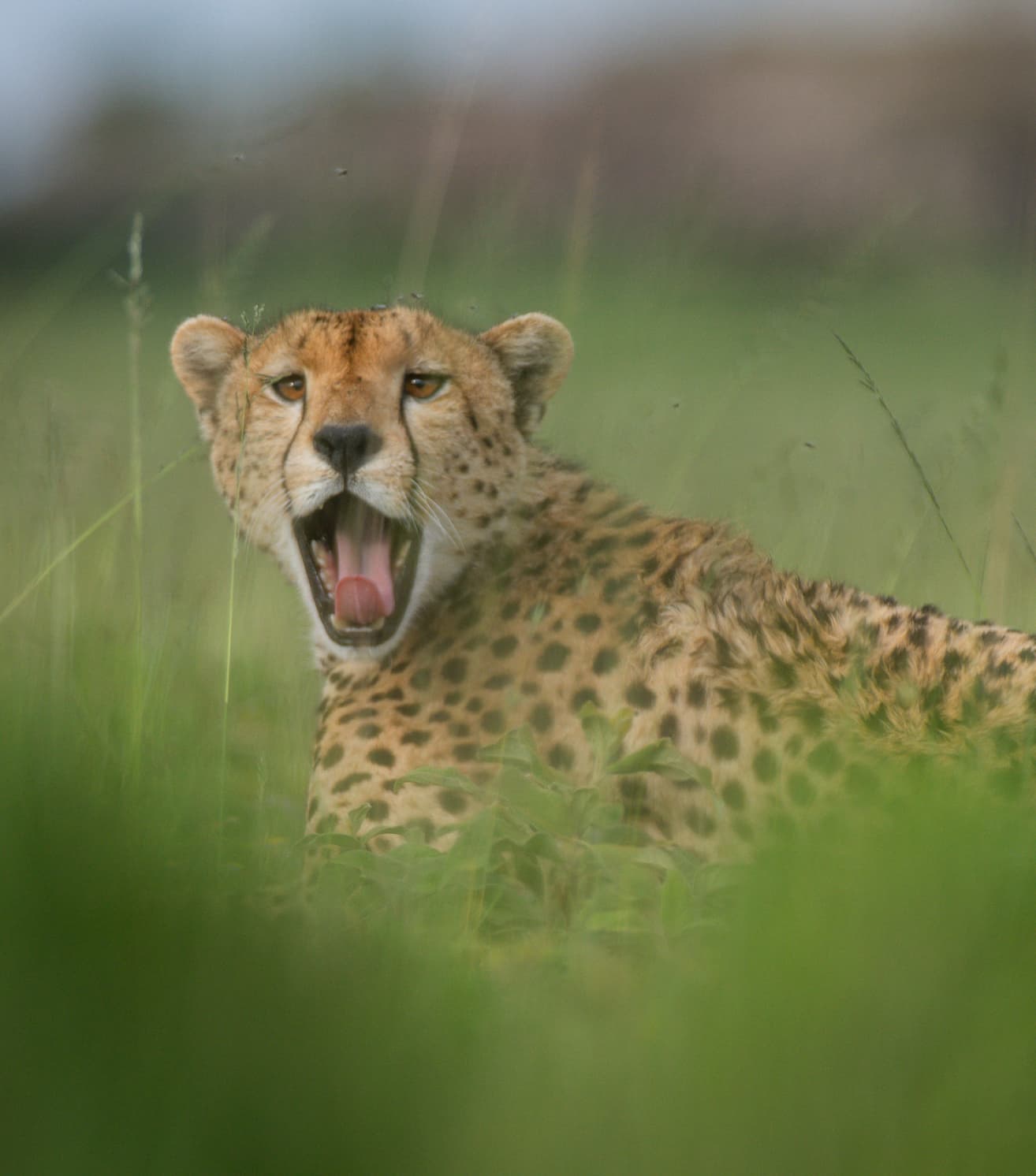“A genuine safari adventure with fly camping under the stars and a walking safari under the expert leadership of our guide. ”










Tanzania is home to remarkable natural beauty, from Mount Kilimanjaro, the tallest free-standing mountain at 5,895m, to the Serengeti plains, Ngorongoro Crater, and the beaches of Zanzibar, Pemba, and Mafia. With vast areas dedicated to wildlife, it offers incredible opportunities to connect with nature. Visitors can combine safaris with coastal retreats, where the vibrant Swahili culture reflects the country’s rich history and traditions.

From sleeping beneath the starry sky in a tree nest or a remote fly camp, to floating in a hot air balloon above the vast migrating herds and meeting a lion eye to eye, you will return home with stories and memories that will last a lifetime.

“A genuine safari adventure with fly camping under the stars and a walking safari under the expert leadership of our guide. ”